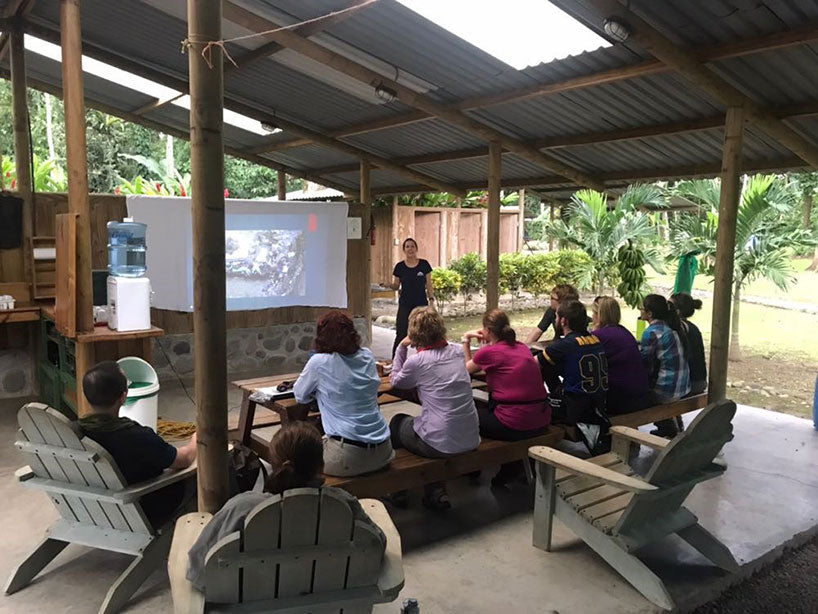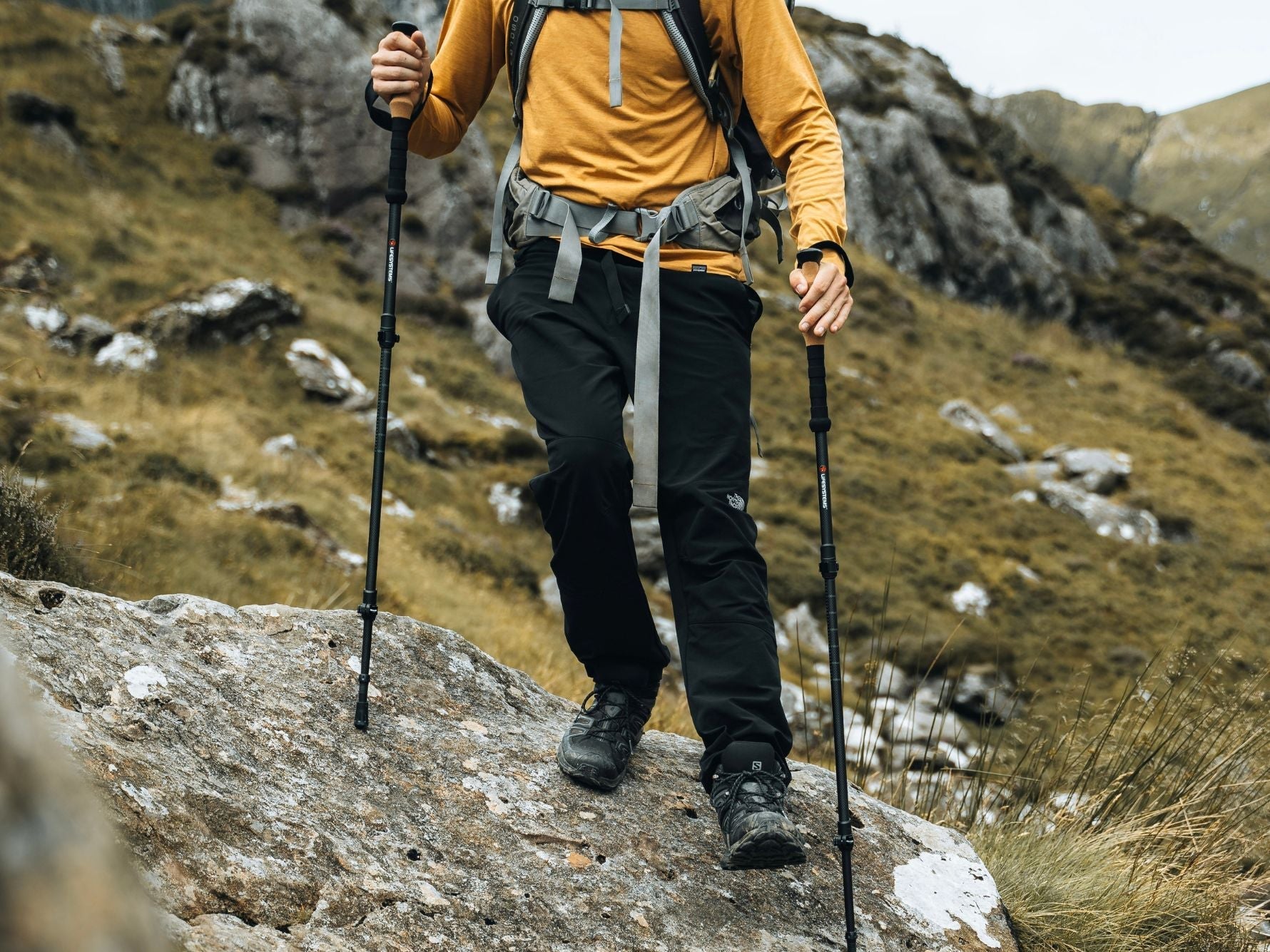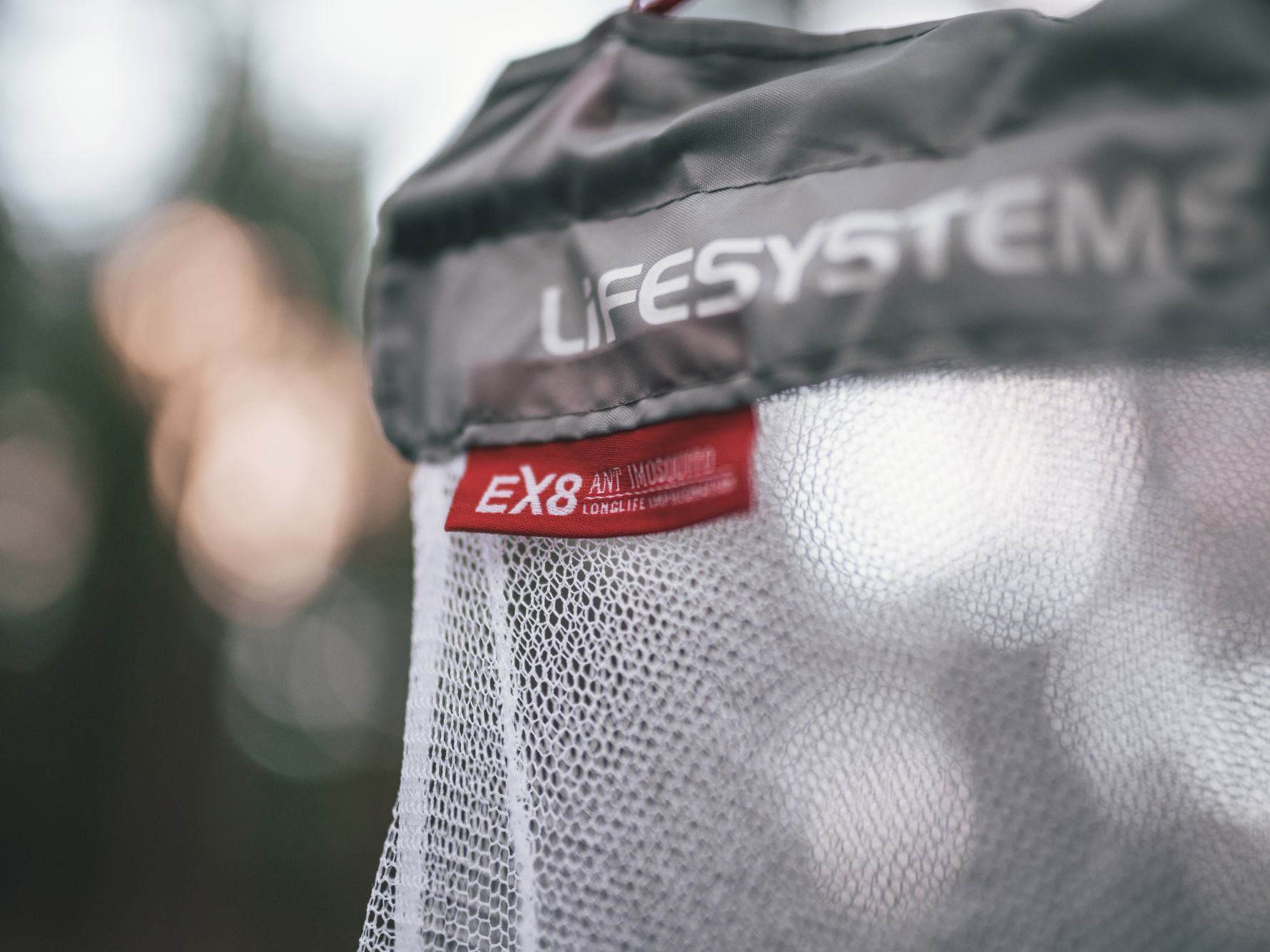World Extreme Medicine
- Blog

Pristine rain forest and verdant jungles are a huge attraction as travel locations. Recently I was lucky enough to travel to Costa Rica to instruct on the World Extreme Medicine Jungle Medicine course where we spent seven days trekking and living in the jungle along the Pacuare River. There are many hazards that we need to anticipate when travelling in these areas, including sourcing safe water and avoiding local dangerous wildlife. One hazard that is ever present is insects, they are everywhere and determined to get their fill of humans. These insects don’t just cause bites, they can also transmit diseases such as malaria, dengue fever and tick borne encephalitis. The density of insects is incredible, and is something that is obvious every time you turn on your head torch at night. So how do we discourage all these flying and crawling critters from enjoying Michelin starred human dining?

Bite avoidance is key and there are several areas to consider. The first is clothing. It is very tempting to wear shorts and a T-shirt given the heat, however this is the first mistake many people make. Ensure you have lightweight, light coloured, quick drying long sleeved shirts and long trousers. Even better is to source clothing that is impregnated with the insect repellent Permethrin. Once you wearing your long clothing, button up the cuffs and tuck your trousers into your socks or wear gaiters. I made the mistake of not closing off the bottom of my trouser legs one day, and only realised the consequences when I felt dozens of painful biting pinpricks on the backs of my legs from the ants that had climbed onto my boots and made their way upwards.

Second is a good mosquito net, I never travel to tropical areas without one and the security if brings you when you are trying to sleep, knowing you don’t have to do the naked run to find the whining mosquito that is after my blood. This also applies to hammocks, ideally if you are sleeping in a hammock, use one with a built in mosquito net. There is nothing nicer than getting into a hammock knowing you have an impregnable mosquito net, and you can go to sleep safe in the knowledge that despite all the noise, they cannot get to you.

Thirdly is insect repellent. I am an insect attractant and use as many methods as possible to avoid getting bitten, however some people appear to have good results from citronella sprays and other natural formats. It may be they are just not as tasty to the critters! The gold standard repellent is DEET, and this comes in varying concentrations up to 100% Max Strength Kill Anything Formula. People are wary about DEET but it is worth experimenting with different strengths to see what your skin will accept. It is worth spraying clothing as well as any bare skin, concentrating on the gaps at wrists, ankles and neck. Other repellents to consider are permethrin and picaridin based, and it is thought these may also be good for repelling ticks.

If you do get bitten, you can take a regular dose of a pharmacy over the counter antihistamine tablet. These reduce itching and inflammation, as well as being useful to take regularly if you are in an insect laden area and want to avoid strong bite reactions.
Get out there and enjoy these incredible places, and stay comfortable in the knowledge you have done everything to avoid those irritating and sometimes harmful bites.

Author: Dr Alexander Rowe
Medical Director, World Extreme Medicine
Clinical Lead and Honorary Clinical Lecturer, Postgraduate Masters Programme in Extreme Medicine, University of Exeter



